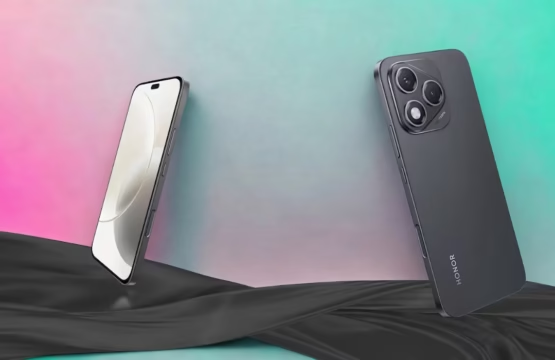Liquid Metal Hinge: Apple is developing a crease-reducing hinge made from durable liquid metal, which has been previously tested in SIM ejectors.
Vertical Fold Design: The book-style foldable iPhone is designed to resemble Samsung’s Z Fold but aims for a sleeker, flatter display.
Battery Life Enhancement: An upgraded display driver IC (DDI) reduces power consumption, thereby extending battery life.
Specifications & Pricing: The foldable iPhone will feature a 7.8″ display, while the MacBook will measure 18.8″; the iPhone Fold is expected to be priced between $2,000 and $2,500.
Launch Timeline: Mass production is set to begin in late 2024, with a release anticipated in 2 to 3 years.
Apple’s Foldable iPhone: Redefining Durability & Display Innovation
Apple is set to shake up the foldable market with its much-anticipated foldable iPhone and foldable MacBook, which are expected to launch in late 2026 or early 2027.
Following years of research and development, the technology giant intends to address two major issues: durability and display creases.
The Liquid Metal Breakthrough
Analyst Ming-Chi Kuo reports that Apple plans to reinforce the folding mechanism with a liquid metal hinge, a die-cast component previously tested in smaller items such as SIM ejectors.
This development not only improves durability but also creates a flatter internal screen, reducing the noticeable crease that affects competitors like Samsung’s Galaxy Z Fold series.
Battery Life & Display Upgrades
Tech leaker Yeux1122 has disclosed that Apple’s foldable iPhone will feature an advanced display driver IC (DDI), which will significantly reduce power consumption and heat generation.
When combined with thinner panel assemblies, this innovation could provide exceptional battery life, an important selling point for a high-priced device.
Specs & Design
- iPhone Fold: 7.8-inch main display, 5.5-inch cover screen, iOS integration.
- Foldable MacBook: 18.8-inch screen running macOS, targeting productivity users.
The Pricing Challenge
Although Apple emphasizes innovation, maintaining competitive pricing remains a challenge. Analysts forecast that the iPhone Fold will cost between $2,000 and $2,500, surpassing Samsung’s Galaxy Z Fold 6, which costs $1,900. Will consumers be willing to pay extra for Apple’s promise of a crease-free experience?
By postponing its launch, Apple seeks to enhance the durability of the hinge, reduce crease visibility, and optimize the software.
If it succeeds, the iPhone Fold could establish new benchmarks in foldable technology; however, its high price may challenge brand loyalty.
















